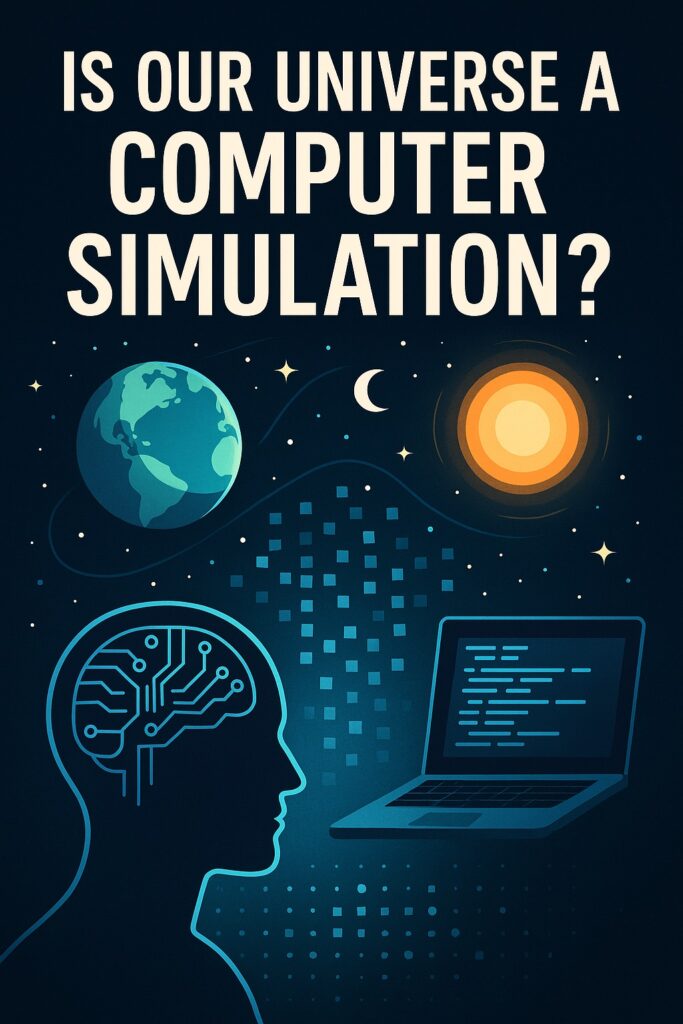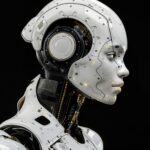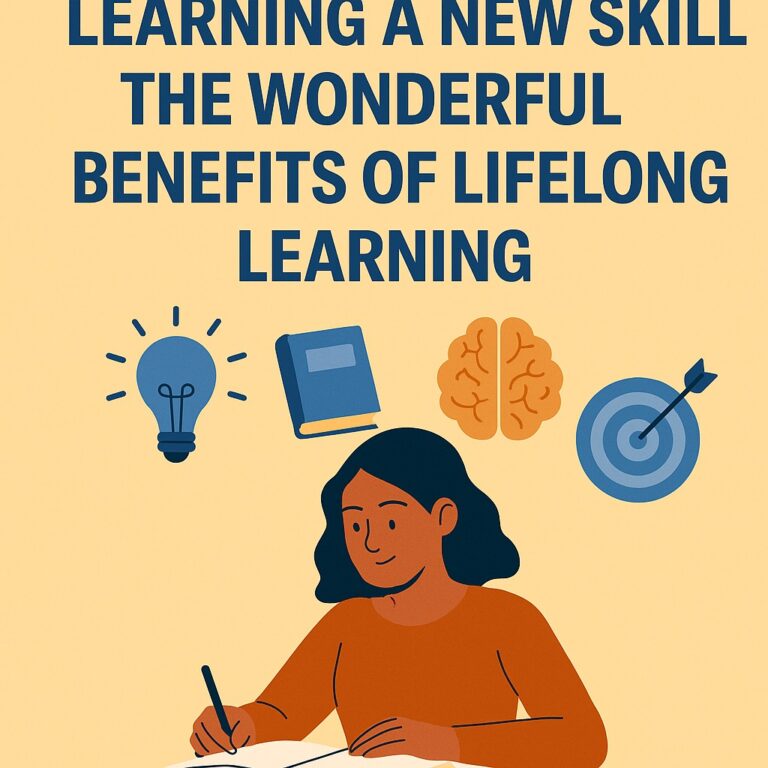
What if everything you perceive – the stars, the cities, your very thoughts – is just a vast, intricate program running on a colossal computer? This isn’t science fiction anymore; it’s a serious philosophical and theoretical idea known as the Simulation Hypothesis.
Thanks to rapid advances in virtual reality, artificial intelligence, and computational modeling, the idea of simulated realities feels more plausible in 2025 than ever before. This article explores the core arguments behind the hypothesis, the “clues” some scientists and philosophers point to, and the important reasons why it remains unproven.
Join us as we dive deep into this concept, examining the fascinating ‘evidence’ some propose, the counter-arguments, and where this intriguing idea fits in modern thought.
What Exactly is the Simulation Hypothesis?
The Simulation Hypothesis suggests that all of reality – including Earth, space, and even your consciousness – might be an artificial simulation. This idea was thrust into mainstream academic discussion by philosopher Nick Bostrom in his 2003 paper, “Are You Living in a Computer Simulation?”
Bostrom proposed a trilemma:
- Almost all civilizations at our level of development go extinct before becoming technologically capable of running simulations.
- Posthuman civilizations (those that do advance) have no interest in simulating ancestors.
- If the first two are false, then the probability that we are already living in a simulation is extremely high.
If advanced civilizations have the power to run ancestor simulations and choose to do so, then statistically, we are more likely to be one of the simulated minds rather than one of the original biological ones.
The “Clues”: Why Some Think Our Universe Might Be Simulated
A. The Discrete Nature of Reality (The “Pixelation” Argument)
Modern physics tells us there is a smallest unit of space and time: the Planck length and Planck time. Below these scales, our understanding of space-time breaks down. This granularity has led some to compare it to the pixelation of digital simulations.
Just as a video game operates on discrete frames and pixels, our universe might operate on a fixed computational grid. Could this be the resolution limit of the simulation?
B. The Fine-Tuning of Physical Constants
The universe seems precisely calibrated to support life. If constants like the gravitational force or speed of light were even slightly different, stars, planets, or life as we know it might not exist. This fine-tuning could be interpreted as “settings” selected by a programmer.
C. The Universe’s Mathematical Underpinnings
Almost every physical phenomenon in the universe can be described with mathematical formulas. The elegance and consistency of these mathematical laws seem to suggest a deeper, possibly computational, framework.
After all, simulations must operate on logic and code – which is fundamentally mathematical.
D. Efficiency and Resource Management
Features such as the cosmic speed limit (nothing can travel faster than light) or strange behaviors like quantum entanglement may represent ways of optimizing processing power, similar to how a game engine only renders what’s needed.
This could suggest that reality uses shortcuts to conserve computational resources.
E. “Glitches” and Anomalies (Highly Speculative)
Some proponents argue that occasional unexplained phenomena in cosmic rays or high-energy particle physics could be “glitches” in the simulation. While this is highly speculative and unsupported by concrete evidence, it remains a point of curiosity for fringe theorists.
The Counter-Arguments: Why It’s Not Accepted as Scientific Fact
A. Lack of Falsifiability
One of the pillars of science is falsifiability: the ability to prove a theory wrong. Currently, there’s no conceivable experiment that could verify or disprove the Simulation Hypothesis. This makes it more of a philosophical position than a scientific one.
B. The Infinite Regress Problem
If we are in a simulation, then who created the simulator? And who created them? This leads to an infinite regress – a chain of simulations inside simulations that never answers the fundamental question of original existence.
C. The Problem of Computational Power
Simulating an entire universe – including quantum interactions and conscious beings – would require immense computing power, possibly more than our universe contains. It’s unclear where such resources would come from, or what they would even be made of.
D. Simpler Explanations (Occam’s Razor)
Occam’s Razor is a philosophical principle suggesting that the simplest explanation is often the correct one. The universe may simply exist as it is, without the need for a simulation or programmer.
So, Are We Living in a Matrix? Current Scientific & Philosophical View
While the Simulation Hypothesis is intriguing and often discussed in academic and tech circles, it remains a thought experiment rather than a testable scientific theory. There is no empirical evidence to support it.
That said, it continues to spark meaningful debates about the nature of consciousness, the limits of technology, and the boundary between science and philosophy. In this sense, it holds value for expanding the way we think about existence.
Conclusion
From Planck-scale “pixels” to the fine-tuning of our universe’s constants, the Simulation Hypothesis raises fascinating questions. But until testable predictions and empirical methods emerge, it will remain a philosophical possibility rather than scientific fact.
Whether or not we live in a simulation, contemplating it challenges us to explore what it means to exist at all.
Published Date: June 24, 2025
Author: The Pulsewire Team
Pulsewire Reads:
- Gen Z Side Hustles 2025
- How to Invest in Your 20s: Gen Z Guide
- Living Cost in Germany: 2025 Guide for Expats
- AI’s Role in Shaping Our Future

Sandeep Jadhav is a self-taught sustainability writer and the founder of Pulsewire.in. He shares insights on upcycled product manufacturing, green entrepreneurship, and eco-friendly business models. Though not formally certified, his work is backed by deep research and a strong passion for promoting climate-positive innovation.









